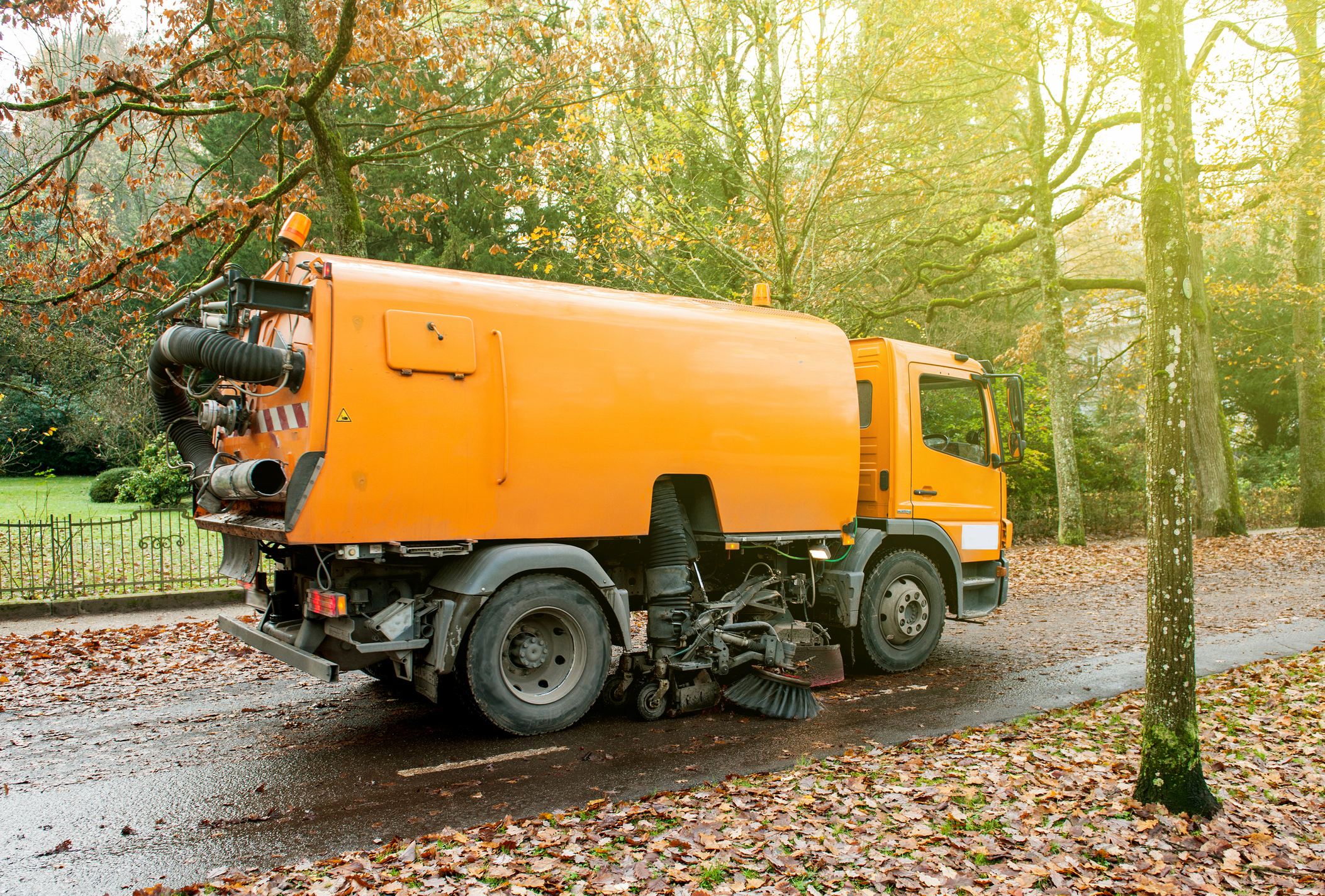Fall is the Time to Prepare for Winter
/In the Community
- Sweep the streets and remove leaf piles.
- Clean and repair storm drain systems and concrete channels.
- Inspect and clear drain inlets, drainage pipe outfalls, and drainage trash racks.
- Investigate drainage issues received from residents.
- Get the equipment ready; mount the plows and find the shovels.
- Review snow plowing routes and address potential hazards.
- Check operation of emergency power generators.
At the Office
- Make sure the heating system is ready to go. Replace filters, clean burners, and coils.
- Check that outdoor air dampers are working properly.
- Fix the little maintenance issues that could be problems in the winter. Look out the window to assess: Are the parking lots safe for your employees? Is there a place for the snow to go when you plow? Check the roof for leaks or loose materials. Remove any low-hanging tree branches around the building and parking areas.
- Check thermostat and lighting timers have been adjusted to reflect the recent time change.
- Find your snow shovels. Mark obstructions or other features that could be damaged by snow plows.
- Service your field vehicles.
At Home
- Schedule your annual heating system check.
- Clean gutters and trim any low-hanging branches.
- Check your emergency kit to be sure you have fresh batteries, flashlights or candles, back-up phone power banks, bottled water, and first aid equipment.
- Put the ice scrapers in the car, find your shovel and test your snow blower.
- Reverse the ceiling fans to clockwise. Energy Star says the fan will produce an updraft and push down into the room heated air from the ceiling.
- Cook a few meals and freeze them, just in case you catch the flu or get snowed in.


